Chowmahalla Palace – everything to know before a visit in 2022
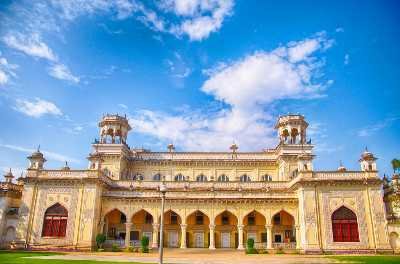
The grandeur of monarchs, the majesty of their past, and a taste of their enigmatic way of life are still alive at palaces like Chowmahalla Palace, a must-see on a Hyderabad trip.
The Chowmahalla Palace was built in the 18th century, approximately 200 years ago, and is one of Hyderabad’s most renowned tourist attractions. This location’s literal meaning is “Four Palaces,” with “Chow” being four in Urdu and “Mahalat” being the plural of “Mahalel,” which signifies palaces. Chowmahalla Palace is claimed to mirror Tehran’s Shah Palace.
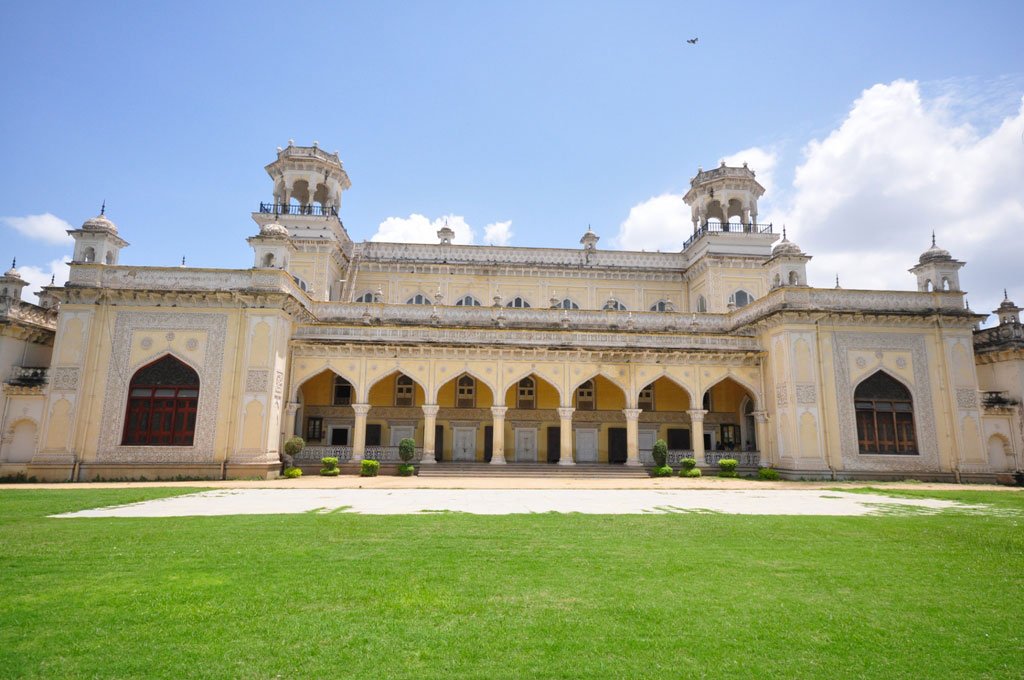
Chowmahalla Palace History
During the reign of the fifth Nizam, Afzar-ud-Daulah, Asaf Jav V, the construction of Chowmahalla Palace was mostly completed between 1857 and 1869. Its construction, however, is largely assigned to Nizam Salabat Jang in 1790. The palace used to be 45 acres in size, stretching from the Laad Bazaar to the Aspan Chowk Road in the south. The palace’s total remaining area is now close to 12 acres.
The government repaired the palace, and it was reopened to the public in 2005. The palace is open to the public seven days a week, except on Fridays and national holidays.
Chowmahalla Palace Architecture
The Chowmahalla Palace is separated into two courtyards: the northern and southern courtyards. Afzal Mahal, Tahniyat Mahal, Mahtab Mahal, and Aftab Mahal are the four palaces in the palace’s southern courtyard. The Aftab Mahal, the largest of the four, is a two-story structure. Bara Imam, a long corridor with several rooms on the eastern side, which was previously the administrative wing, is located in the northern courtyard, which has been open to the public. The Shishe-Alat is another fascinating feature of this courtyard. This was where visitors and prominent personalities were welcomed.
The Clock Tower, Council Hall, and Roshan Bungalow are all located within the Chowmahalla Palace. The Roshan Bungalow was named after Roshan Begum, the sixth Nizam’s mother. Inside the Clock Tower is the Khilwat Clock, which has been ticking since the palace’s erection. Various manuscripts and valuable volumes from the Nizam’s personal library are housed in the Council Hall.
Khilwat Mubarak is the name of the palace’s heart. This magnificent Durbar hall is without a doubt the most beautiful section of the palace. A masterpiece is created by Mughal domes, massive arches, and elaborate Persian work. A marble platform may be found inside the Durbar Hall. The royal seat, Takht-e-Nishan, was built on this platform.
On any given day, it is said that Chowmahalla Palace had roughly 7000 visitors. It has been compared to the Enchanted Gardens of the Arabian Nights because of its grandeur and enchantment.
Things to Notice at Chowmahalla Palace
The green environment of the lawn contrasts with the yellow and white patterns of the castle, creating a captivating appearance.
The first item that gives a glimpse into the architectural grandeur of this Chowmahalla palace is a large water fountain in front of the palace with intricately carved pillars.
The palace’s intricate carvings on the walls and ceilings are particularly worth seeing. Glass chandeliers in various styles can also be seen in each Mahal.
Quran section has a variety of Qurans on display, including handwritten Qurans that have been restored using Japanese techniques, Naskh script, small Qurans printed in metal, some inscribed in gold, and more.
Another notable attraction of Chowmahalla Palace is the vintage automobile and buggee show. A fish motif on a poll, which was given to you by the Mughals, will also capture your eye.
The Afzal Mahal is another feature of the Chowmahalla Palace that attracts visitors’ attention. This area of the palace is off-limits to visitors. There are, however, glass windows and a door that allow guests to view inside. The palace hall, which has been preserved in its original state, exemplifies the Nizam’s lavish lifestyle.
Things to do at Chowmahalla Palace
Exploring at Ease-
Many benches with shade trees have been installed throughout the Palace complex for tourists to relax. Within the royal compound, there is also a canteen that serves basic snacks and drinks. As a result, you may enjoy Chowmahalla Palace’s architectural excellence while also exploring its many galleries without being exhausted.
Photography and Photo-walks-
With its exquisite carvings, majestic structure, and well-kept grounds, this palace is a photographer’s dream come true.
Shopping-
The palace’s souvenir shop is great for those who enjoy shopping. It features carved ornamental items, colourful showpieces with traditional motifs, and jewelry ranging from bangles to pearl necklaces to earrings, among other things. These things have a somewhat higher price range, but their collection and exquisiteness will entice you to buy more than one. A little carved metal elephant, for example, will set you back around Rs.500, while carved brass plates or camels can set you back around Rs.1000 and up.
Chowmahalla Palace Entry fee and Timings
The hours of operation for Chowmahalla Palace are 10 a.m. to 5 p.m. Except for Friday, it is open every day of the week. On national holidays, it is also closed.
The entrance cost to Chowmahalla Palace is Rs. 80 per person for Indian guests and Rs. 200 for foreign visitors. As a result, you can arrange a visit to this magnificent palace without spending a fortune.
The palace also allows photography and videography for an additional fee of Rs.50 and Rs.200, respectively. Photography and videography are not permitted in the Palace’s Quran area.
Chowmahalla Palace Entry Fee
50 per Adult for Indians
10 per Child (Below 12 Yrs) for Indians
200 per person for Foreign Tourists
50 for Still Camera
100 for Video Camera
Chowmahalla Palace Phone
040 2452 2032
Chowmahalla Palace Timings:
Monday – Thursday : 10:00 am – 5:00 pm
Friday: Closed
Saturday – Sunday: 10:00 am – 5:00 pm
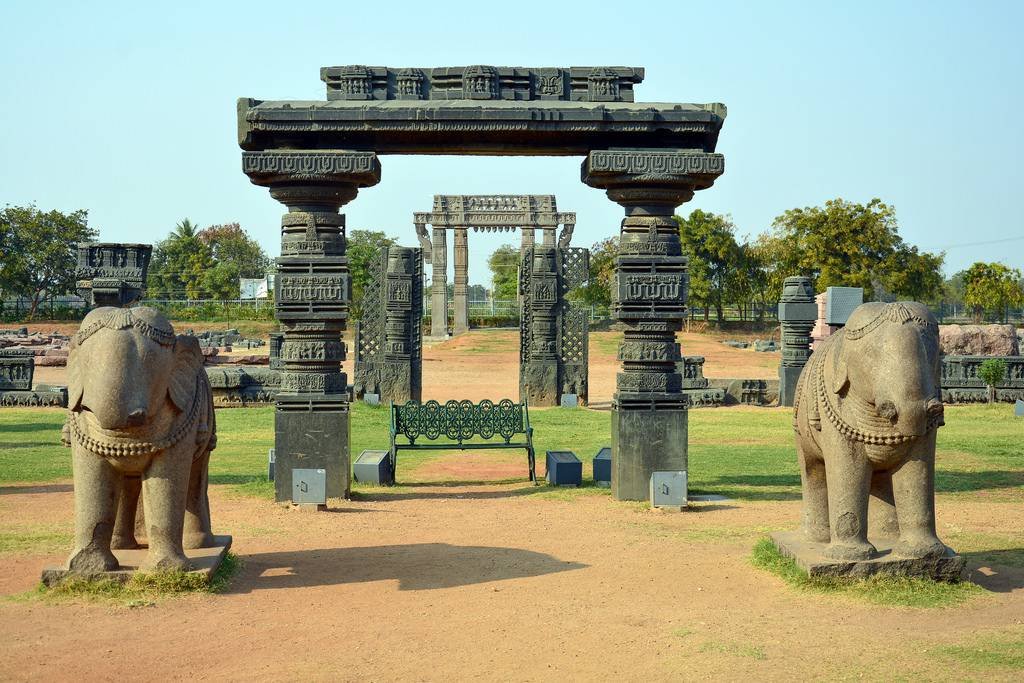
Warangal fort - know about the architectural and historical richness
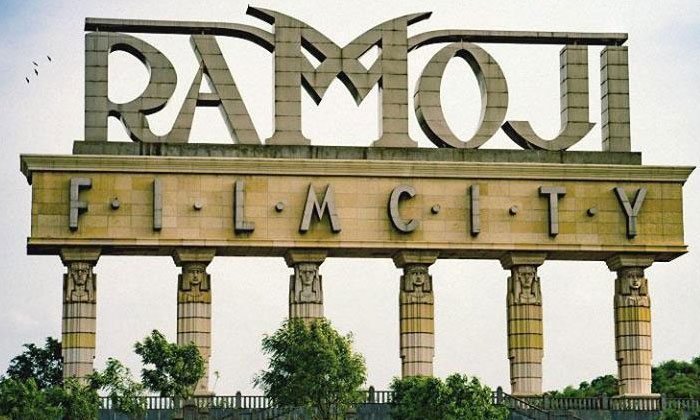
Ramoji Film City - things to know before visiting in 2022
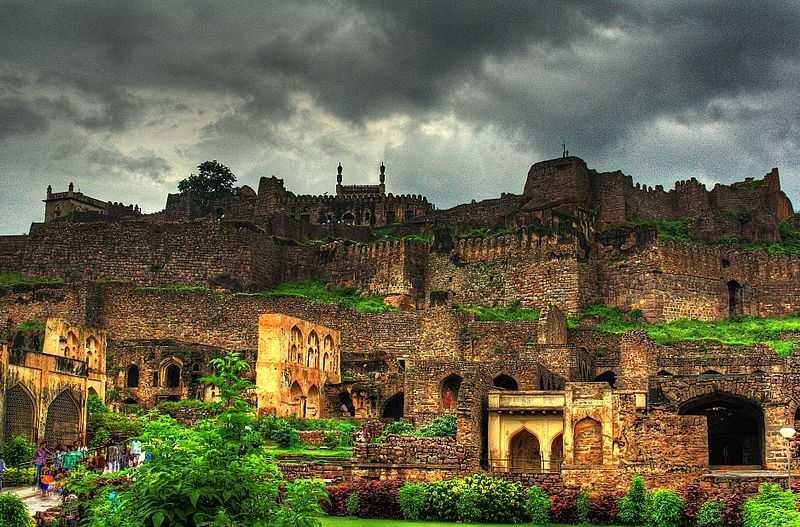
Khammam Fort - a famous historical place to visit in 2022
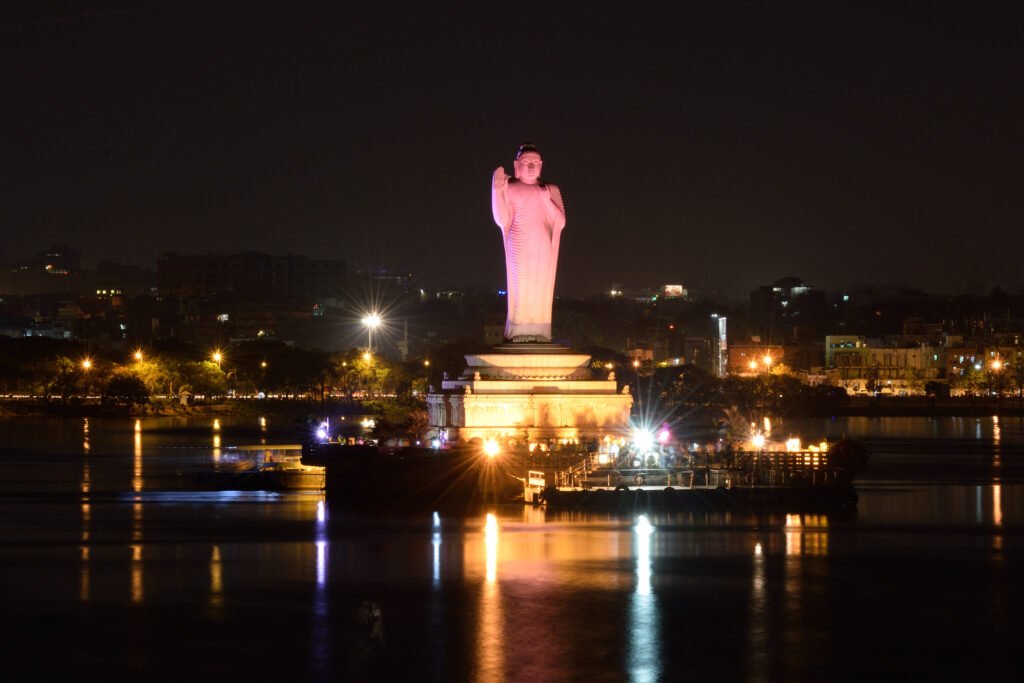
Hussain Sagar Lake - a popular place in Hyderabad to visit in 2022

best street food places in Hyderabad not to miss

10 best Shawarma places to try in Hyderabad in 2022
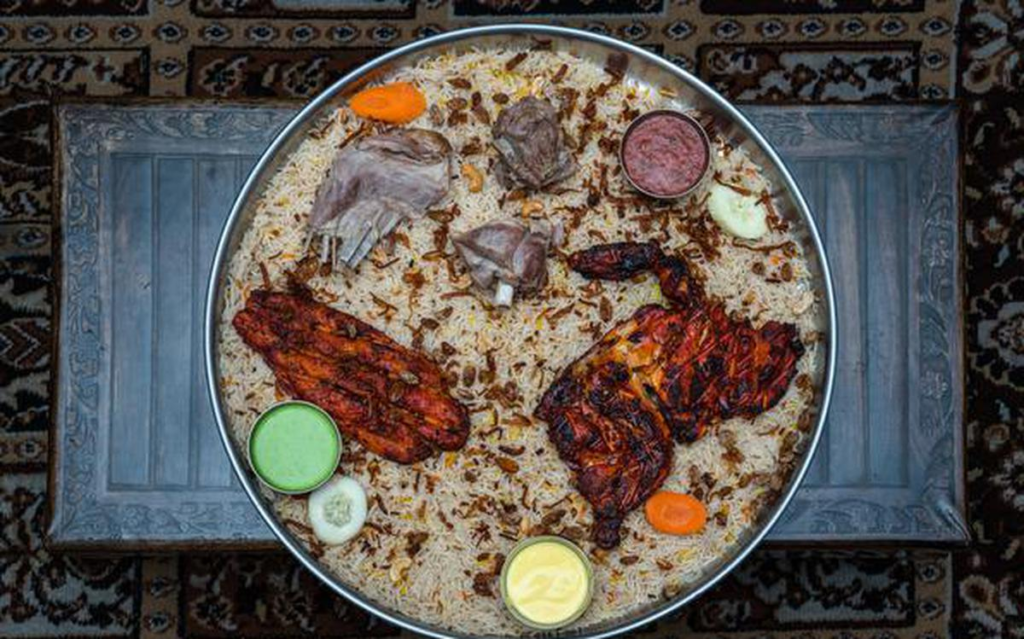
5 best places to have mandi in Hyderabad

